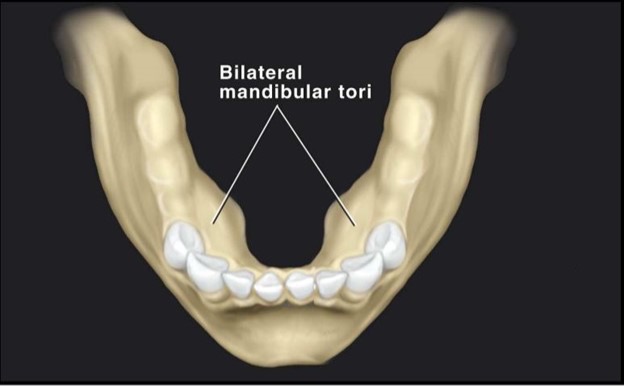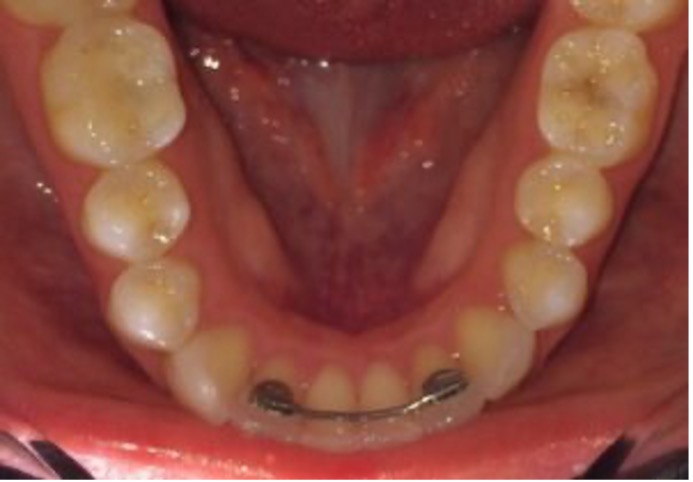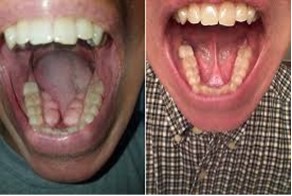
So many people grind and clench their teeth these days that it is almost becoming the norm in the patients that I see. There are several theories about why we grind our teeth, with perhaps the most common being that we are under stress and take out the tension on our teeth- this can happen during the day or the night or both. This theory is that grinding ‘feels good’ and helps us to calm down. I am not really sure this is the truth or not. The other theory on grinding/clenching is that it stimulates the muscles that dilate (open) the throat during a sleep disordered breathing (apnea) event. When I see sleep studies, oftentimes there is a grinding event that occurs during an apnea, so possibly this is the case. Much of the research is leaning toward a link between sleep disordered breathing and grinding, but we still have a long way to go to confirm this.

What in the world does ‘torus’ mean, you might ask? Well, tori refers to more than one torus, simple as that! Whoops, sorry folks, let’s tell you what a torus refers to, and for sure it’s not a Ford Torus. When a person grinds their teeth heavily, the bone attached to the grinding muscle tends to become more dense. Just like if you were a weight lifter you build up bone in your legs and arms where you work those muscles. Most tori bones form either behind your lower teeth, mostly toward the front region, or on the roof of your mouth. Some of these tori bones form in front of the upper teeth as well.
And who really cares about these tori bones? You should! When the tori bones form behind the lower teeth, they are effectively pushing the tongue backward and can compromise the airway to some extent. In some cases these tori bones are so huge that we need to have the oral surgeon remove them to make more room for the tongue. This is a bit of a rough surgery as the surgeon has to chisel these bones away. As you can see in the photo below, the large tori bones behind the lower teeth are pushing this person’s tongue back into the throat. This can be contributory to sleep apnea and many health issues due to sleep disordered breathing. By cutting away the tori bones, the tongue can then move around much better.

Sometimes my patients ask me: Is there any way to make the tori reduce or avoid them in the first place? My answer is that if they are due to sleep disordered breathing, then do a sleep study and figure out if sleep apnea is there. By dealing with the sleep problems, these bones might not form in the first place. Maybe wearing a bite guard would help if the problem is due to stress. So many factors, so many things to think about! I hope this blog about tori has given you something to ponder. Thank you.
